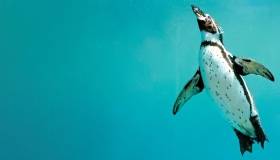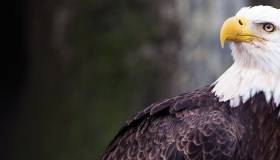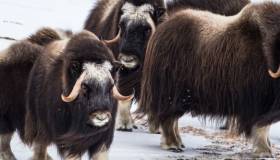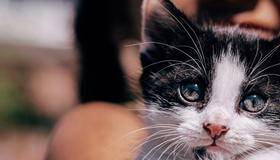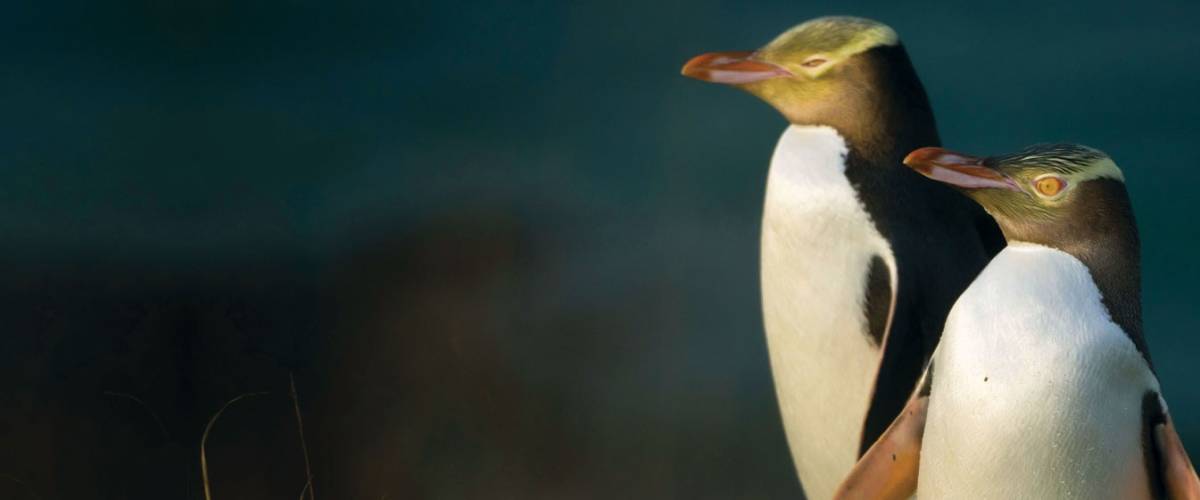
October 27, 2022 – There’s no mistaking New Zealand’s yellow-eyed penguin, locally known as the hoiho. The distinctive bird – a tall, heavy penguin – is easily identified by its pale yellow band of uncrested feathers passing across its nape and around the eyes.
Unfortunately, the hoiho also is critically endangered and the most rare penguin in the world. Only an estimated 2,000 nesting pairs remain in the wild, reflecting a population decrease of 50% in just a few decades.
While habitat loss, climate change and other factors are contributing to this downward trend, New Zealand researchers from Massey University are focusing their efforts on improving chick survival – key to helping the population rebound.
“We are investigating two diseases that affect pre-fledgling chicks,” said Dr. Janelle Wierenga, postdoctoral fellow at Massey University and recipient of a Fellowship Training Grant from Morris Animal Foundation. “One condition called neonatal respiratory distress (RDS) causes severe lung disease in the chicks. The other, diphtheritic stomatitis (DS), causes debilitating sores in their mouths, making it difficult for the chicks to feed and eventually breathe.”
Research teams closely monitor the nests – no easy feat. Yellow-eyed penguins like nesting in secure locations up cliffs, hills and sand dunes, making it nearly impossible to access them in muddy conditions. To make matters worse, the penguins like to nest near stinging nettle – a plant that, upon touch, makes the skin itchy, red and swollen.
But, this doesn’t deter researchers who visit the nests every few days to check on the chicks’ health and take samples to analyze back to the lab. Very ill chicks are taken to care facilities.
“Our aim is to identify potential pathogens responsible for disease in hoiho chicks,” said Dr. Wierenga. “A bacteria for DS has been isolated from some of the lesions, but the causative agent has not been conclusively identified. For RDS, early data has identified a possible viral pathogen, but we are working to confirm our findings.”
In 2020, more than half of the mainland population of chicks was affected by DS and 30% perished from the disease. RDS was responsible for an additional loss of 44% of chicks in the 2020/21 breeding season.
Dr. Wierenga and her team hope their work will contribute to the development of new diagnostic tests and possibly a vaccine or treatments that could significantly reduce hoiho chick mortality. They also hope results may one day benefit other penguin and seabird species affected by these diseases.
This year’s hatching season was busy for all involved, from the birds to the rangers, researchers, volunteers and care workers. Despite chick mortalities, penguin parents still managed to fledge a significant number of healthy chicks. And, with the help of researchers like Dr. Wierenga and her team, we hope for many more successful fledges in the coming years to help hoiho populations recover and thrive.

